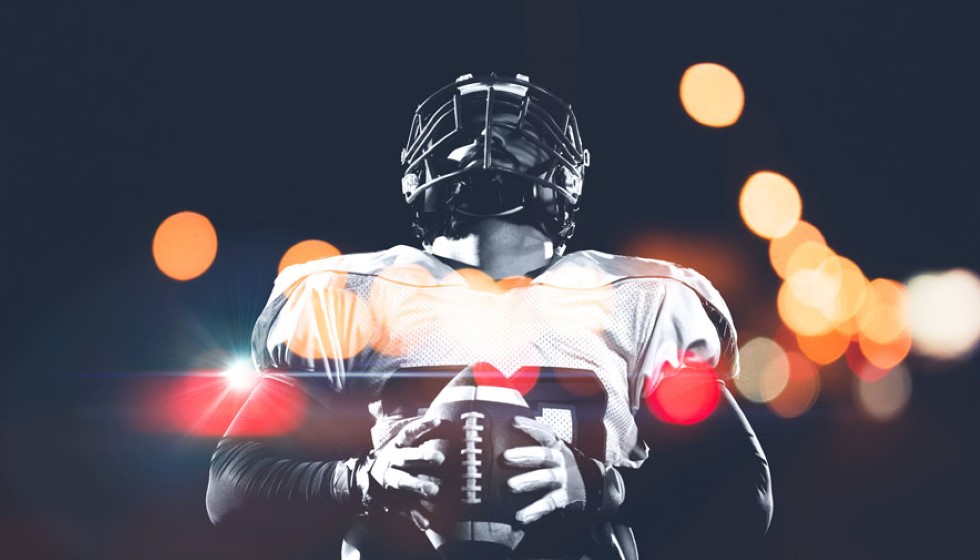
The NFL's New Guardian Caps: A Controversial Yet Effective Addition
This offseason, the National Football League (NFL) has introduced guardian caps as an optional enhancement to players' helmets during games. As the nature of football continues to be under scrutiny for player safety concerns, particularly regarding concussions, the league is taking proactive measures to mitigate these risks.
The guardian caps incorporate a padded, soft-shell layer that is designed to absorb impacts. Studies from the last two seasons have indicated that this innovation has been effective in decreasing the number of concussions. Specifically, the severity of player impact is reduced by 10% when these caps are worn. Furthermore, if both players involved in a collision are equipped with guardian caps, the impact reduction can jump to at least 20%.
Despite these promising statistics, the reception amongst players has been mixed. Pro Bowl cornerback Darius Slay has expressed visible disdain for the new gear. "Oh, I can't stand them. It impact my swag," Slay remarked, capturing a sentiment that swag and appearance are integral to his game. "My game is part of my swag. If I ain't looking the part, I can't feel the part. They have me looking very ugly out there with that big ol' cap on the head," he added, underlining the importance of personal aesthetics to player performance.
While there are dissenting voices who prioritize how these additions alter their appearance, there's also a recognition of the guardian caps' primary purpose – enhancing player safety. In the context of a physically demanding sport that is as much about strategy and skill as it is about brute strength and physicality, any measure that promises increased safety is worth considering.
The NFL, recognizing the players' concerns about team identity and aesthetics, has introduced a "helmet pinney." This pinney is adorned with the team's logo and colors, making the caps more team-centric and aligning better with the players' and fans' visual expectations.
Darius Slay didn't hold back on his thoughts about the aesthetic changes either. "I hope not, because they show our swag will be ugly," he quipped, referring to the potential widespread adoption of the guardian caps. However, he acknowledges their utility in promoting safety, albeit with a hint of humor: "They are for our safety, so if they wear them for safety that's cool. I'm sure I'll clown them." Slay's remarks reflect a dichotomy facing many players—balancing safety with self-expression and tradition.
As the NFL progresses through its season, it remains to be seen how widely embraced these guardian caps will become. While the league's efforts toward player safety are commendable, the cultural shift required among its players may present a significant hurdle. The guardian caps' ability to mitigate concussions is backed by tangible data, but altering long-standing perceptions about equipment aesthetics in football may take more than just statistical evidence.
Ultimately, the guardian caps represent a bridge between tradition and modern-day player safety advancements. They reflect the NFL's ongoing commitment to evolving the game to protect its players, even as it faces resistance rooted in the sport’s rich history and the players' deeply ingrained personal preferences. Only time will tell if guardian caps become a permanent fixture on the field, or if they join the roster of innovative ideas that were left on the sidelines.